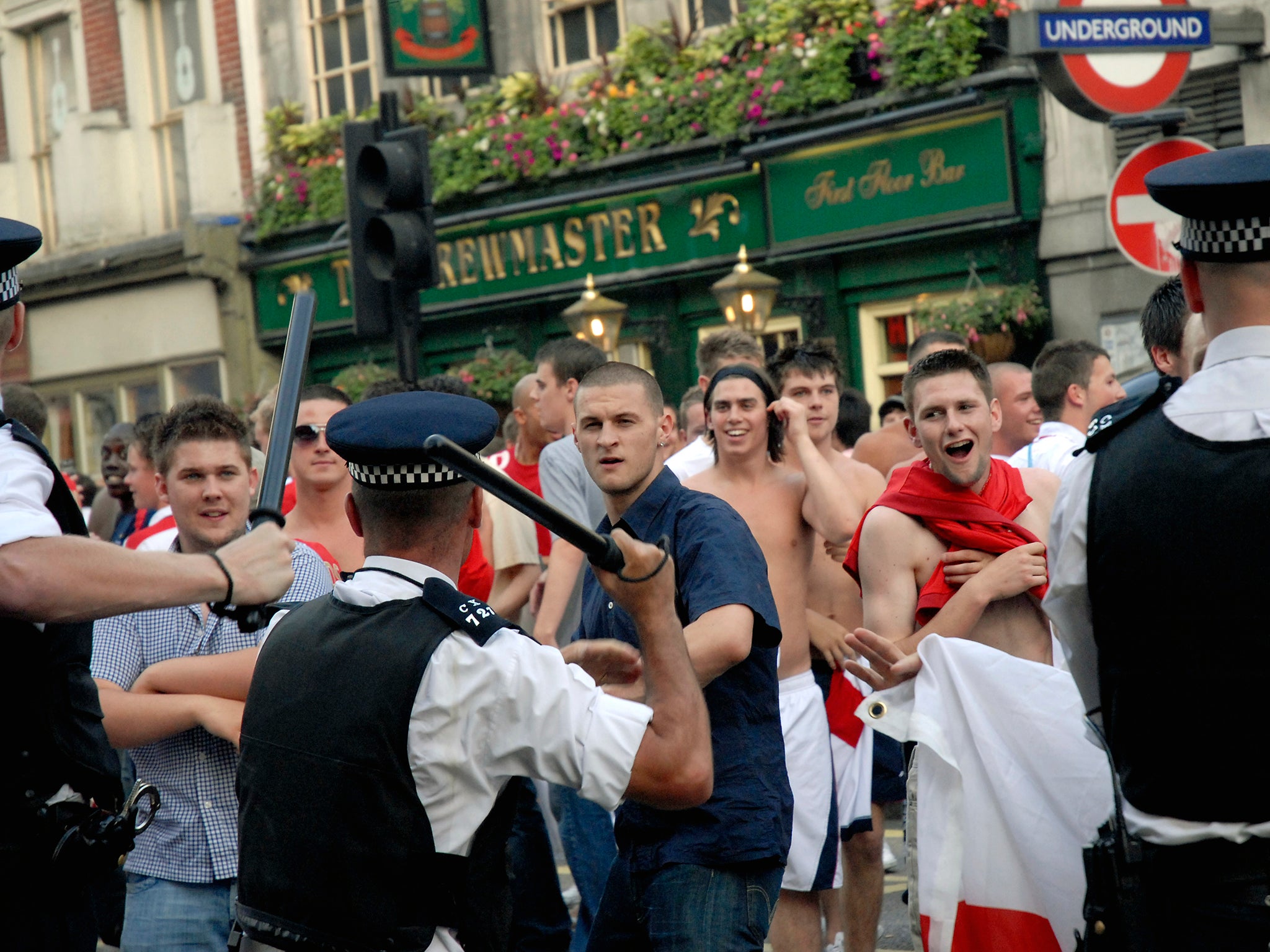Violence spreads through teenagers like a 'contagious disease', scientists find
‘Acts of violence can ricochet through a community, travelling through networks of friends’

Your support helps us to tell the story
From reproductive rights to climate change to Big Tech, The Independent is on the ground when the story is developing. Whether it's investigating the financials of Elon Musk's pro-Trump PAC or producing our latest documentary, 'The A Word', which shines a light on the American women fighting for reproductive rights, we know how important it is to parse out the facts from the messaging.
At such a critical moment in US history, we need reporters on the ground. Your donation allows us to keep sending journalists to speak to both sides of the story.
The Independent is trusted by Americans across the entire political spectrum. And unlike many other quality news outlets, we choose not to lock Americans out of our reporting and analysis with paywalls. We believe quality journalism should be available to everyone, paid for by those who can afford it.
Your support makes all the difference.Violence spreads through young people like a disease, with adolescents up to 180 per cent more likely to attack someone if a friend has done so previously, according to new research in the US.
The effect was so strong that new outbreaks of fighting were more likely even if a friend of a friend – and onwards up to four degrees of separation – had been violent.
One of the researchers, Professor Robert Bond, of Ohio State University, said: “This study shows just how contagious violence can be.
“Acts of violence can ricochet through a community, travelling through networks of friends.”
He said this showed why prevention of violence was so important.
“If we can stop violence in one person that spreads to their social network.
“We’re actually preventing violence not only in that person, but potentially for all the people they come in contact with.”
In London, there has long been a problem with stabbings, mainly carried out by teenage boys and young men.
In August this year, there were 1,749 stabbings of people aged under 25 in the city, a four-year high. However, gang activity was blamed for less than 5 per cent of knife crime in the city.
In 2006, Danny and Ricky Preddie, from Peckham, south London, were convicted of the manslaughter of 10-year-old Damilola Taylor, who bled to death after being stabbed in the leg with a broken bottle in November 2000 when the Preddie brothers were 12 and 13.
In the US study, researchers studied information about nearly 6,000 young people, most aged 12 to 18, who took part in the National Longitudinal Study of Adolescent Health in the 1990s.
The adolescents were asked how often in the past 12 months they had been in a serious physical fight, how often they hurt someone badly enough to need medical attention, and how often they had pulled a knife or gun on someone.
They were 183 per cent more like to have hurt someone badly, 140 per cent more likely to have drawn a weapon and 48 per cent more likely to have been in a serious fight if they had a friend who had done something similar.
Professor Brad Bushman, another of the researchers, said: “We now have evidence that shows how important social relationships are to spreading violent behaviour, just like they are for spreading many other kinds of attitudes and behaviours.”
The study echoes others that have looked into the effect of social networks on a range of different kinds of attitudes and behaviour, from happiness to obesity and smoking.
The researchers said part of the explanation was a “clustering effect”, in which violent people tend to become friends with each other.
But even after taking this into account, they found the chance that a boy or a girl had hurt someone else badly increased by 55 per cent for each friend they had who had done this. The figure was 82 per cent for the males alone.
Each degree of separate saw a reduction in the effect. While an adolescent was 48 per cent more likely to have had a serious fight if a friend had been in one, this figure dropped to 18 per cent if a friend of a friend had.
The research was published in the American Journal of Public Health.
Join our commenting forum
Join thought-provoking conversations, follow other Independent readers and see their replies
Comments